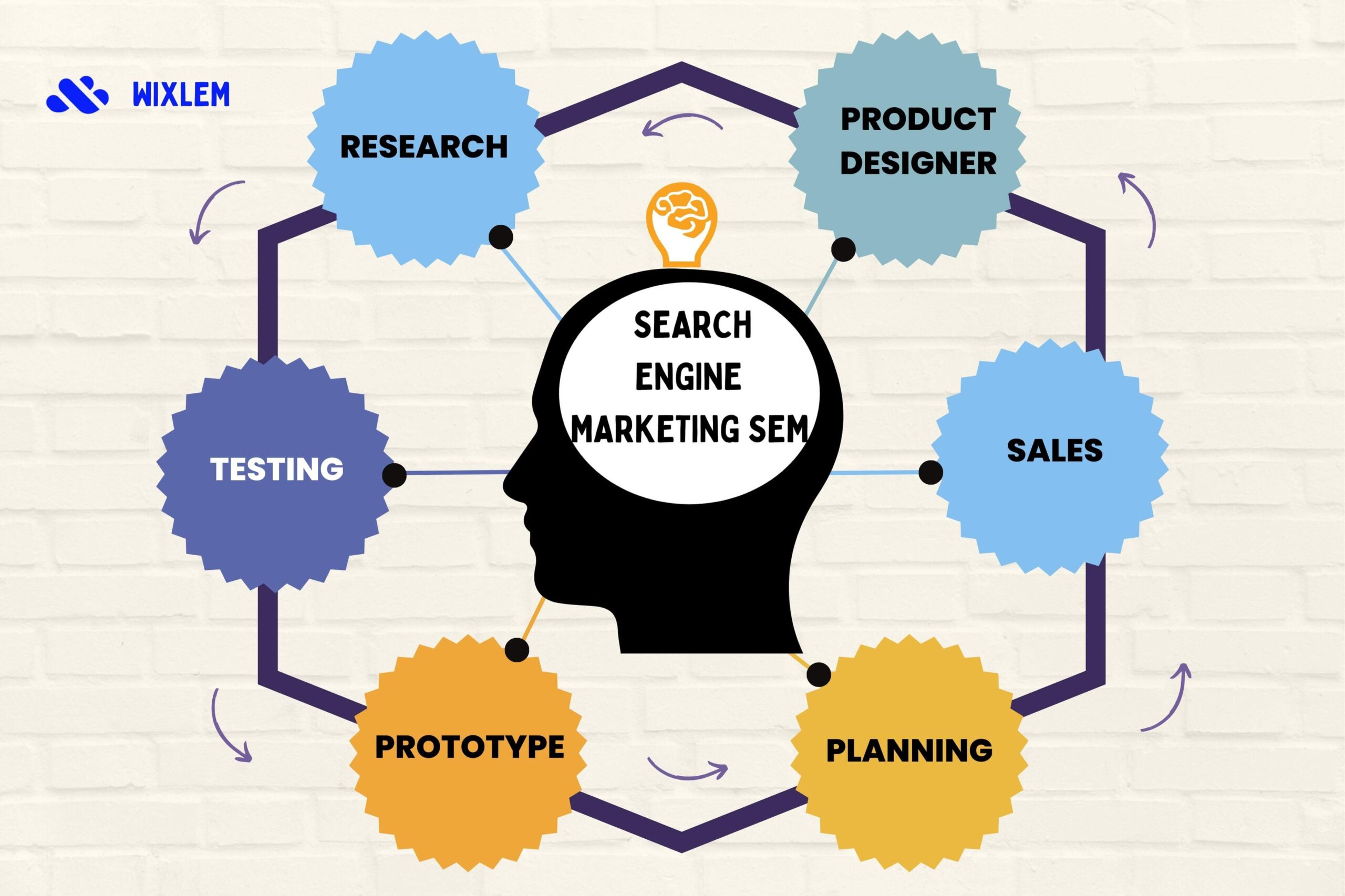Robotic Process AutomationAs technology progresses quickly, Embracing Emerging Tech businesses are always searching for ways to improve their forms and remain ahead of the competition. Embracing Emerging Tech Recent years have seen a rise in Robotic Process Automation (RPA). In this article, we’ll investigate what RPA is, how it works, Embracing Emerging Tech its benefits, and its role in the world of rising advances.
Introduction to Emerging Technologies and RPA
In the future, technological advances will significantly impact different businesses. Embracing Emerging Tech Artificial Intelligence (AI), Machine Learning (ML), IoT, and Blockchain are among these advances. Embracing Emerging Tech One innovation that has picked up footing within the commerce world is Robotic Process Automation (RPA).
Defining Robotic Process Automation

Robotic Process Automation (RPA) is software technology that enables businesses to automate repetitive, manual tasks typically performed by humans. Embracing Emerging Tech RPA bots mimic human actions and interact with applications, databases, and systems in the same way as humans. These bots can perform tasks such as data entry, Embracing Emerging Tech invoice processing, and customer service, among others.
Understanding the Robotic Automation Process
The Robotic Automation Process (RAP) involves software bots to automate tasks typically performed by humans. These bots are programmed to interact with applications and systems in the same way as humans. The process involves identifying the tasks that can be automated, designing the automation process, and deploying bots to perform the tasks.
RPA vs Automation: The Key Differences
and traditional automation are often used interchangeably, but they are not the same. Embracing Emerging Tech Typically, robotics includes machines or robots that perform human tasks. RPA, on the other hand, involves software bots to automate tasks typically performed by humans.
Traditional Automation vs RPA Bots: Which is Better?
Robotic Process Automation and Traditional automation bots each have their advantages and disadvantages. Automating repetitive tasks requires precision. Embracing Emerging Tech Bots that automate repetitive tasks with judgment and decision-making are more effective.
RPA Benefits for Business Processes
RPA has several benefits for businesses, including increased efficiency, accuracy, and cost savings. By automating repetitive tasks, businesses can free up resources and focus on more strategic initiatives. RPA also reduces human error, resulting in cost savings and improved customer satisfaction.
Where Does RPA Fit in with Other Emerging Technologies?
RPA is just one of many emerging technologies that transform the business world. Embracing Emerging Tech Other emerging technologies, such as AI, ML, and IoT, are also used to improve business processes. Using RPA with these other technologies can improve efficiency and accuracy.
Top Emerging Technologies to Watch Out For
AI, ML, IoT, and Blockchain are some of the top emerging technologies to watch in the coming years. The Internet of Things connects devices and gathers data using AI and ML. Embracing Emerging Tech The blockchain improves data management and security.
The Future of RPA and Business Process Automation
The future of RPA and business process automation is bright. As businesses adopt the latest technologies, RPA demand will likely to grow. RPA will continue to evolve and become more sophisticated,Embracing Emerging Tech enabling businesses to automate more complex processes.
Why is RPA Different from Other Technologies?
RPA is different from other technologies because it is designed specifically to automate repetitive tasks typically performed by humans. RPA bots can mimic human actions and interact with applications and systems in the same way that humans do. This makes them ideal for tasks such as data entry, Embracing Emerging Tech invoice processing, and customer service.
Challenges Faced with RPA Implementation
Implementing RPA can be a complex process that requires careful planning and execution. Some of the challenges businesses may face include identifying the right tasks to automate, Embracing Emerging Tech designing the automation process, and integrating RPA with existing systems and applications.
RPA Implementation Strategy
To successfully implement RPA, businesses need a comprehensive implementation strategy. Embracing Emerging Tech This strategy should include identifying the right tasks to automate. It should also include designing the automation process, selecting the right RPA tools, and training employees on how to use the updated technology.
Real-life examples of successful RPA implementation
There are several real-life examples of successful RPA implementations. For example, one bank automated its account-opening process using RPA, reducing the time to open an account from 20 minutes to just 2 minutes. Another company automated its invoice processing system using RPA,Embracing Emerging Tech reducing invoice processing time from 15 minutes to 5 minutes.
RPA training and certification programs
To ensure that employees can use RPA effectively, it is critical to provide them with training and certification programs. These programs can help employees understand how RPA works, how to design and implement automation processes, and how to troubleshoot common issues.
Conclusion – the future of RPA and emerging technologies.
RPA is powerful technology that helps businesses automate repetitive tasks and improve efficiency. As businesses adopt cutting-edge technologies, RPA demand will continue to grow. By developing a comprehensive implementation strategy and providing employees with the necessary training and certification, businesses can successfully implement RPA. This will enable them to reap the benefits of this emerging technology.
The Following Post You Like :
Revolutionary Robotics Technology: 5 Trends in 2023
Seizing the Potential of Internet of Things Devices in 2023
FAQ’s
What is RPA?
RPA stands for Robotic Process Automation. It is software technology that enables businesses to automate repetitive, manual tasks typically performed by humans.
What is robotic process automation?
Robotic Process Automation (RPA) is software technology that enables businesses to automate repetitive, manual tasks typically performed by humans.
What is the difference between RPA and automation?
Typically, robotics includes machines or robots that perform human tasks. Robotic Process Automation, on the other hand, involves software bots to automate tasks typically performed by humans.
What are the benefits of RPA for business processes?
Robotic Process Automation has several benefits for businesses, including increased efficiency, accuracy, and cost savings. By automating repetitive tasks, businesses can free up resources and focus on more strategic initiative



